I conceptualized Breakfast, Lunch, & Dinner with these rules buzzing in my head, interested in photographing the ritual of a specifically “American” meal, the etiquette of dining in Midwestern America. I turned to Norman Rockwell for context, looking specifically at Freedom From Want, the poster image of the multigenerational American family at Thanksgiving. The smiling patriarch stands at the head of the dining table looking down as his aproned wife places an enormous roast turkey before him. The extended family sits around the table, their place settings sitting delicately on the white tablecloth. Plate centered, fork to the left, knife and spoon to the right. Just like my grandmother instructed. It is a high-gloss portrait of the American family, a gendered, whitewashed, smiling world that defined my Midwestern upbringing and infiltrated my psyche.
A quiet violence stirs within me when I look at Rockwell’s images, an untapped desire to dismantle the systematic dining ritual he so lovingly glorifies. This sensation grounds my photographs. I wanted to create images that conveyed the regimented, personal traditions that constructed my upbringing while exploring their inherent constraints that I find both oppressive and exclusionary.
I began by assembled family recipes, unpacking memories of sitting at the many kitchen tables that composed my childhood. A grapefruit on Sunday mornings, lamb on Easter, salmon on Fridays during Lent, many of the dishes are tied with my Catholic upbringing. Through emails, screenshots, scans, I worked with my mother and extended family members to craft a repertoire of dishes that I felt personally tied to. I cooked for a week, channeling my maternal grandmother, prepping, cooking, and composing aerial still lifes on vintage dinnerware and table cloths found from a thrift store in my neighborhood.
The greatest challenge lied in the treatment of the dismantling. I relied on the manipulation of the dressings rather than photographic techniques, hoping that objects of everyday use could be transformed into an expression of chaotic rebellion. I broke plates, mangled food, and smeared stage blood, all of which did not end up being photographed. Silverware proved to be the most compelling material. Through the application of heat and forceful manipulation with household tools, I warped the pieces into twisted, unusable works of sculpture.
While photographing the series perched above a dining table in my dorm room, I looked to a single sentence from Jonathan Franzen’s family epic, The Corrections, where he writes, “In the streaklessly clean windows of the dining room, there was chaos.” There is a quiet unrest within the Lambert household, a stirring sensation that permeates their everyday acts of washing the windows, the chime of a grandfather clock, eating dinner. While faint and subdued, the routined domesticity is not without conflict. This tranquil turbulence Franzen describes grounds these photographs.

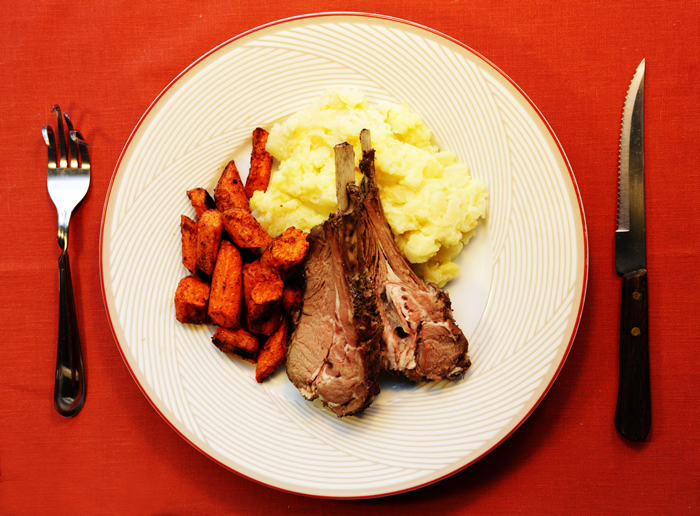
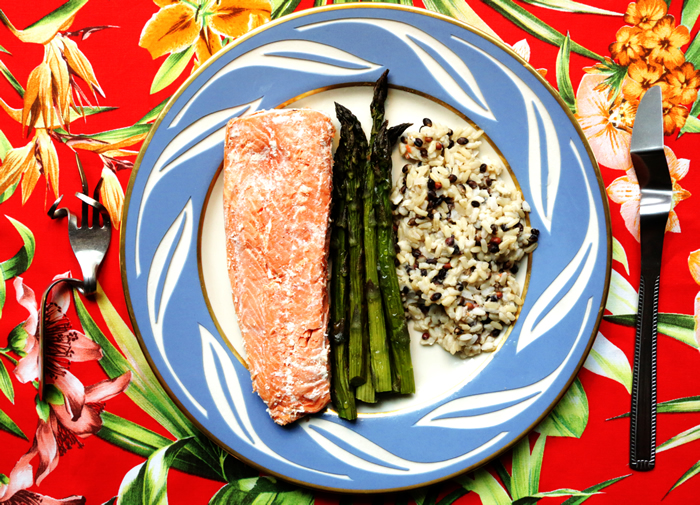
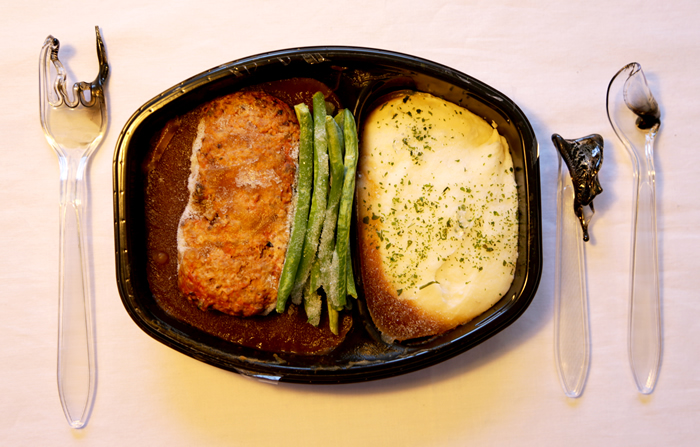
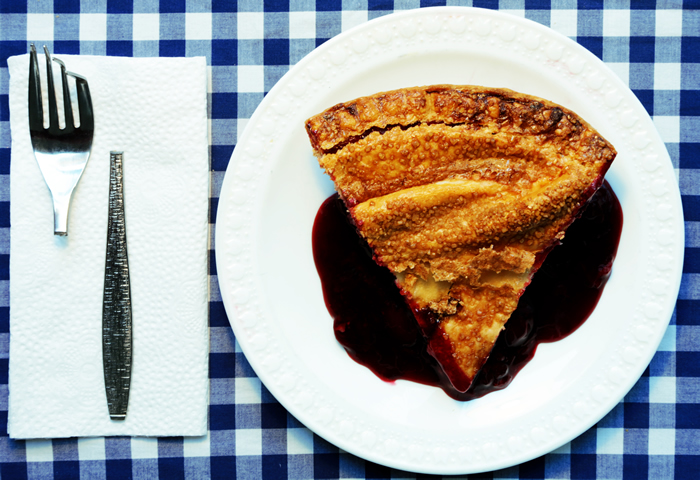
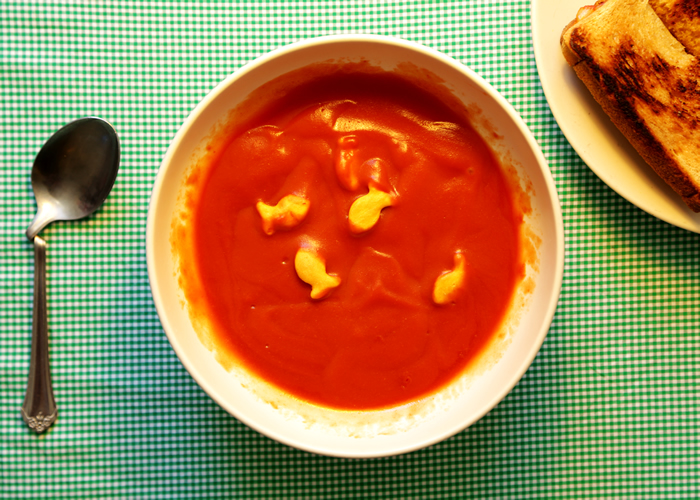

Jake Kolton is a filmmaker and artist living and working in New York City. Originally from northern Indiana, he developed an interest in image-making at an early age with the help of his father’s VHS camcorder and a box of costumes. He is a recent graduate from New York University’s Tisch School of the Arts where he studied film and art history.


